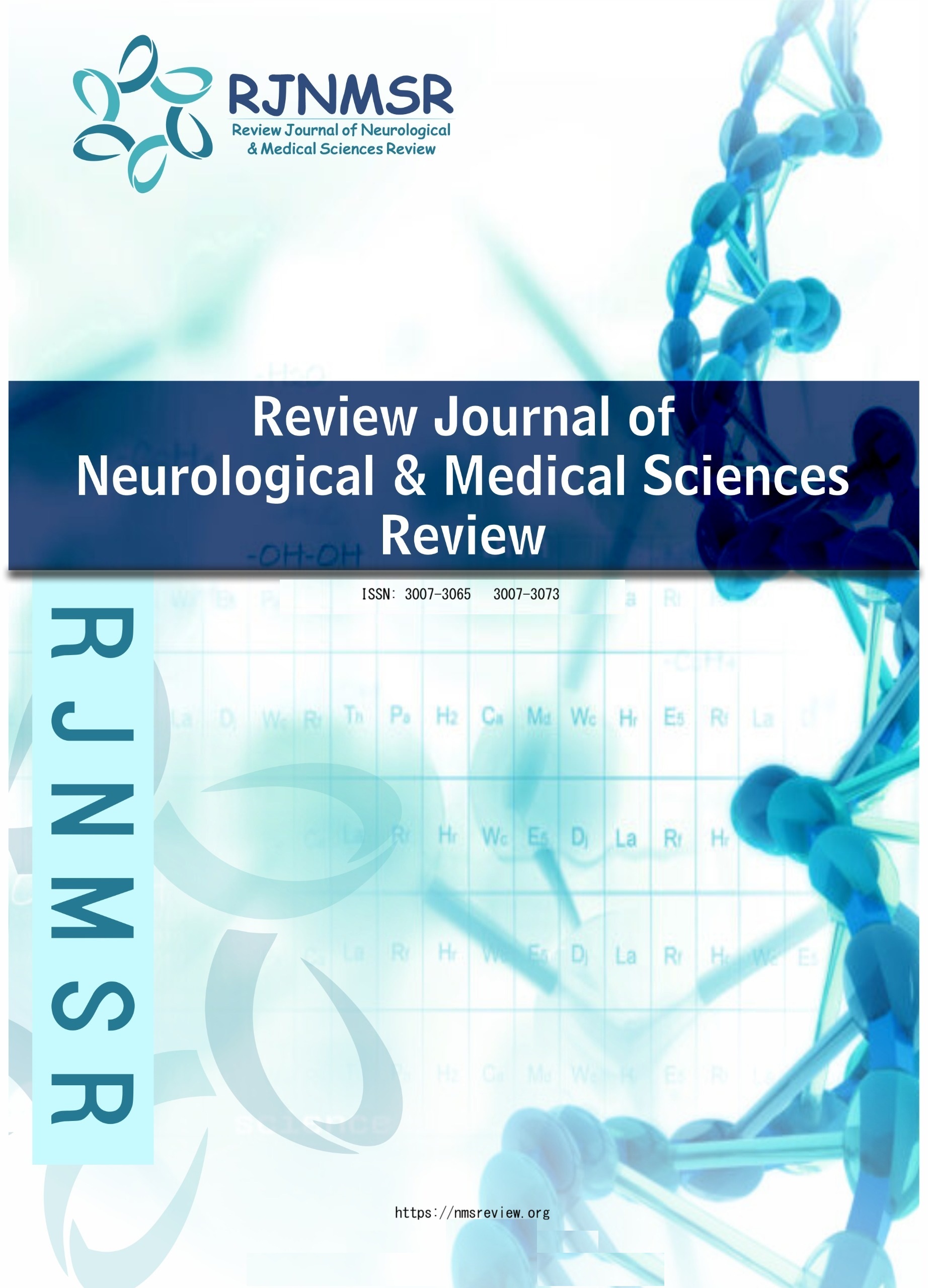COMPARISON OF GLYCEMIC CONTROL BY ALOE VERA AND METFORMIN IN STREPTOZOTOCIN INDUCED DIABETIC MALE ALBINO RATS
DOI:
https://doi.org/10.5281/zenodo.17264681Keywords:
Diabetes Mellitus, Streptozotocin, Aloe vera, MetforminAbstract
Aims and Objectives:(1) Comparing the effectiveness of Aloe Vera and Metformin in controlling Diabetes Mellitus (2) Using locally available medicine
Study Design: Experimental
Study Setting: Azra Naheed Medical College, Superior University, Lahore and Post Graduate Medical Institute, Lahore
Duration of Study: February 2025 to July 2025.
Methodology: Intraperitoneally injected Streptozotocin (STZ) was used in Healthy, Male Albino Rats to induce Diabetes Mellitus. Rats weighing 170 to 200 grams, were divided in Normal Control (NC), Disease Control (DC), Metformin Treated (MT) and Aloe Vera Treated (AT) groups having 7 rats each. Fasting Blood glucose level, equal or more than 126 mg/dL, was the criteria used for successful induction of Diabetes Mellitus. Random blood glucose level was recorded and compared for glycemic control during 6 weeks study.
Results: Near normal random blood glucose level was achieved after 300 mg/Kg daily oral dose of Aloe Vera extract as compared to glycemic control achieved by 150 mg/Kg Metformin per day.
Discussion: Aloe Vera is locally available, cheap, safe and effective medicine. Aloe Vera treatment helps to control Diabetes Mellitus in much better way and reduces hyperglycemia to almost normal levels.
Conclusion: Aloe Vera has better glycemic control as compared to Metformin in managing Diabetes Mellitus. This locally available and cheap medicine should be investigated to evaluate its different effects on other diseases as well.

